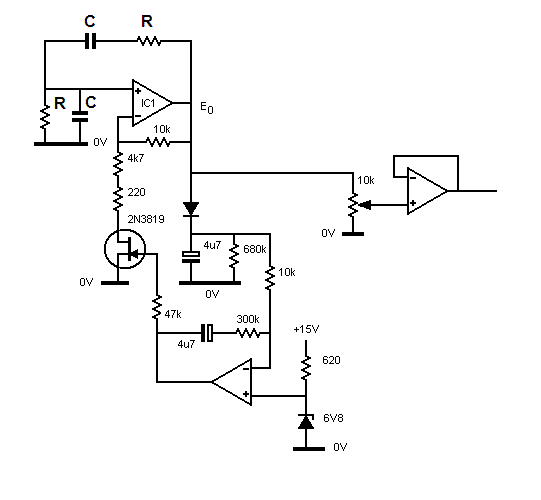- Joined
- Oct 9, 2009
- Messages
- 10,865
- Helped
- 2,065
- Reputation
- 4,130
- Reaction score
- 1,596
- Trophy points
- 1,403
- Location
- Yorkshire, UK
- Activity points
- 57,270
I posted a slightly simpler circuit not so long ago. The sine wave will not be quite as pure as the JFET controlled version.
https://www.edaboard.com/threads/241017/#post1032292
Keith.
https://www.edaboard.com/threads/241017/#post1032292
Keith.

